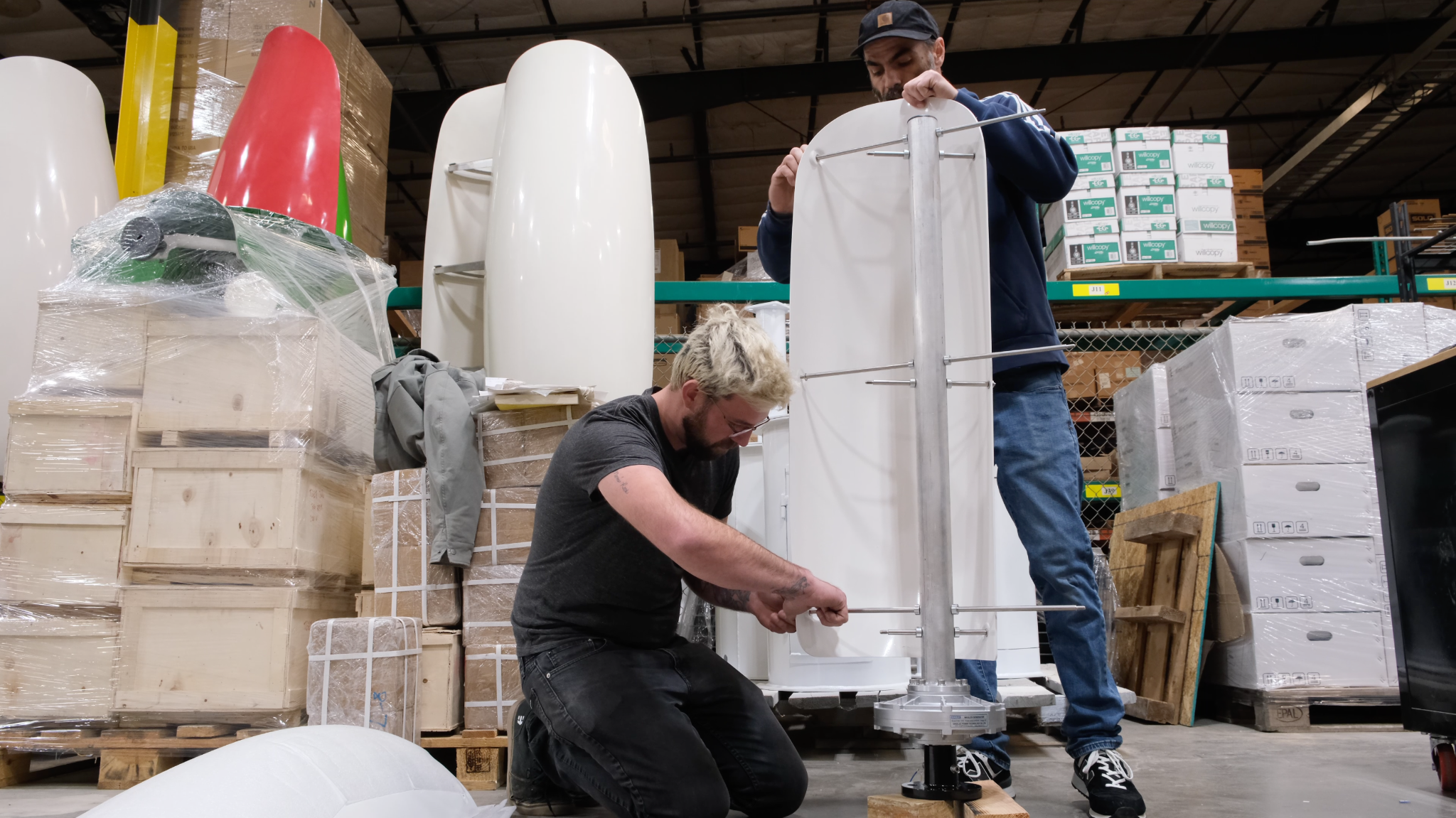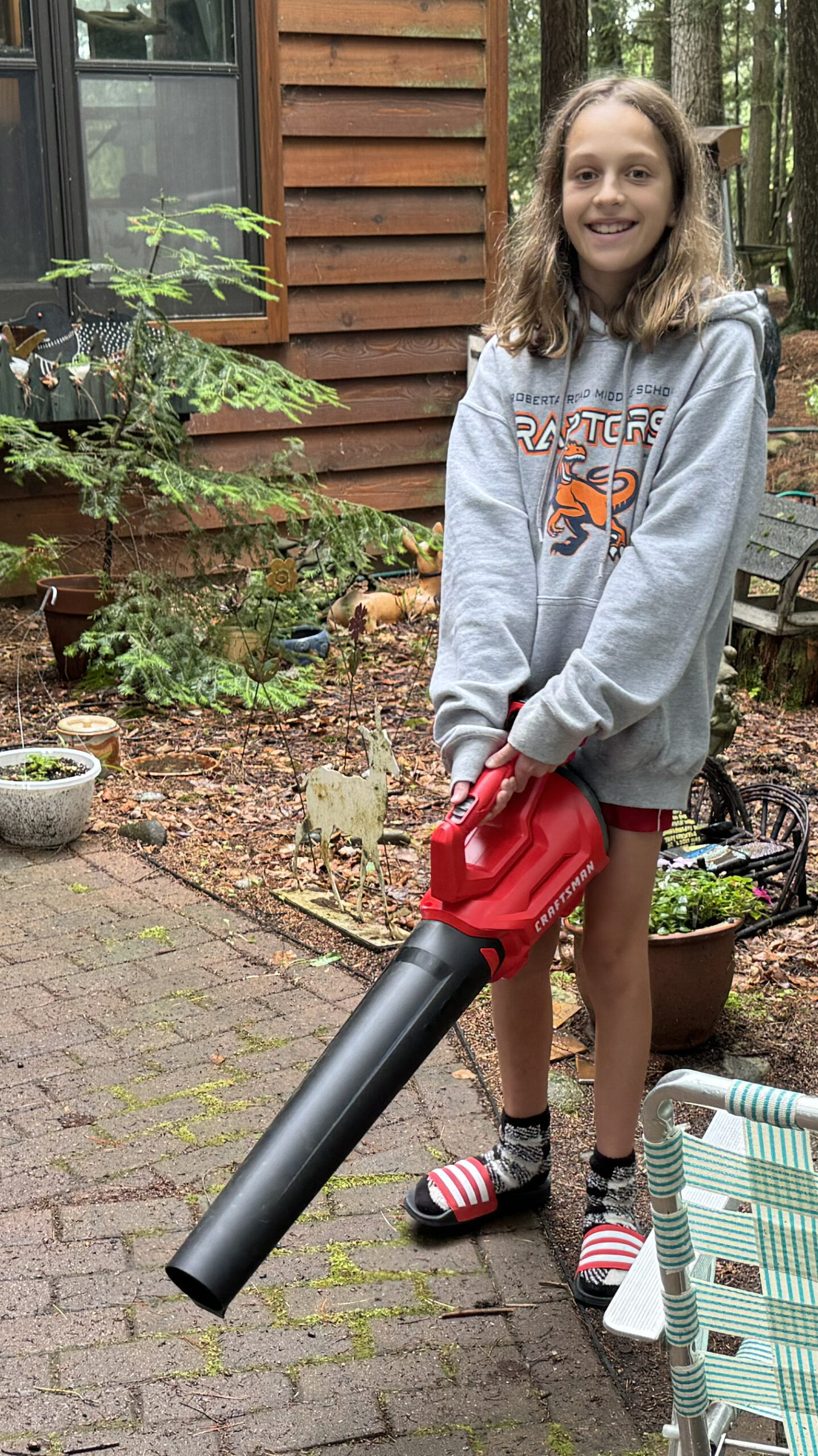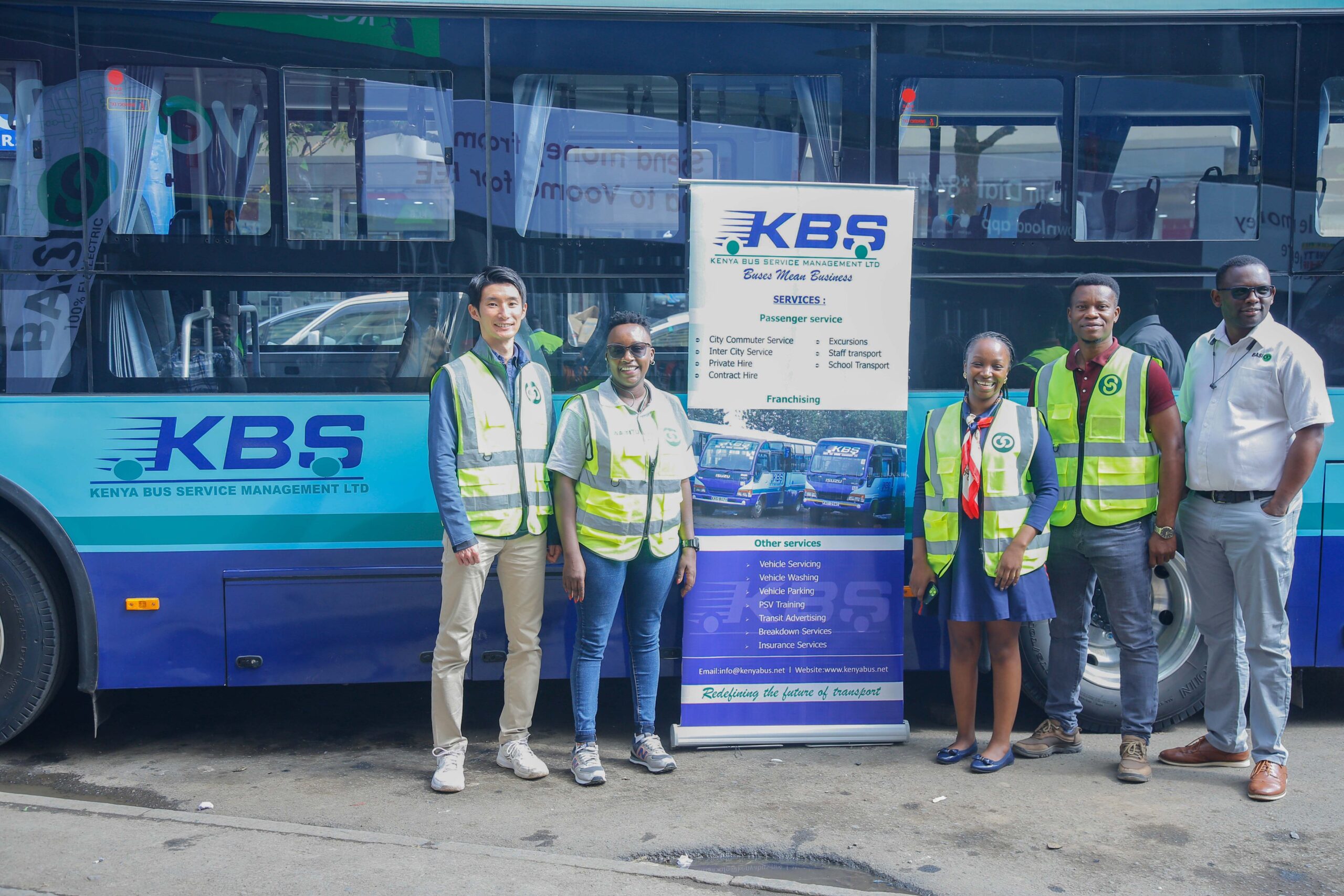Sign up for daily news updates from CleanTechnica on email. Or follow us on Google News!
When thinking of small-scale renewable energy solutions, particularly for off-grid projects, solar is the first thing that comes to mind. Whether a ground-mount or roof-mounted system, the availability, falling costs, and simplicity of the solution has thus far been attractive for customers. Wind, on the other hand, is often still seen as a utility-scale solution. Massive wind farms across the country and the emergence of offshore wind power make it appear to be an unrealistic option for residences or commercial areas in cities. However, the development of smaller wind turbines allows them to be used on or near buildings, bringing a realistic wind energy alternative to cities.
One major differentiation between the large-scale wind turbines and those that could potentially be used in a city is the type of turbine. Large wind turbines are typically only used in rural areas, where their size and noise are not going to disrupt day-to-day living. These turbines are horizontal axis turbines, using the same principle of “lift” as an airplane wing. Horizontal axis turbines are the ones that can be seen driving through rural areas of the United States, where wind farms stretch on for miles.
However, smaller vertical axis wind turbines, such as the ones produced by Flower Turbines, are providing a small-scale wind solution that can produce energy efficiently and can be utilized on buildings in cities as well as residences. These smaller turbines, ranging in size from 2 meters to 5.5 meters high, are able to produce power from much lower wind speeds. They are also manufactured in the US, bringing them closer to their potential market and allowing greater quality control.
It is important to note that small-scale wind turbine projects such as those done by Flower Turbines are not always a better alternative to solar. The best option, as explained by Flower Turbines CEO Daniel Farb, is a combination of energy generators that takes advantage of available natural resources. For areas with high wind speeds, this may mean relying on wind energy, while areas with high radiation can benefit by deploying PV panels. New small-scale renewable energy projects can take advantage of multiple available resources by combining wind turbines and solar panels, increasing the reliability of the system. For instance, wind turbines will continue to bring power to the system even when the sun is not shining.

One of the largest possibilities for companies such as Flower Turbines is the possibility of bringing wind energy directly to major cities. Skyscrapers with high wind speeds at the top would be able to install several of these turbines, thereby creating a source of energy. This can prove to be particularly impactful when large buildings install several turbines next to each other, creating what Farb refers to as the “bouquet effect.” Wind tunnels created by a Flower Turbine can be directed into additional turbines thereby increasing the output continuously by as much as 50%. These innovations are combating the traditional view of vertical axis drag turbines lacking efficiency, but with manufacturing improvements and the movement of wind tunnels flower turbines can reach significantly higher efficiency levels.
While there is no one-size-fits-all solution for off-grid or grid-tie energy systems, wind is a viable and often under-utilized resource. Energy.gov work on the subject of small wind electric systems has found that they have the ability to significantly reduce electric bills and power remote areas. However, new products like Flower Turbines can bring clean power to the least remote of areas: major U.S. cities. New York, San Francisco, and Chicago could now have their rooftops dotted with pedal shaped wind turbines, bringing a whole new meaning to the phrase “rooftop garden.”
Have a tip for CleanTechnica? Want to advertise? Want to suggest a guest for our CleanTech Talk podcast? Contact us here.
Latest CleanTechnica.TV Videos
CleanTechnica uses affiliate links. See our policy here.




